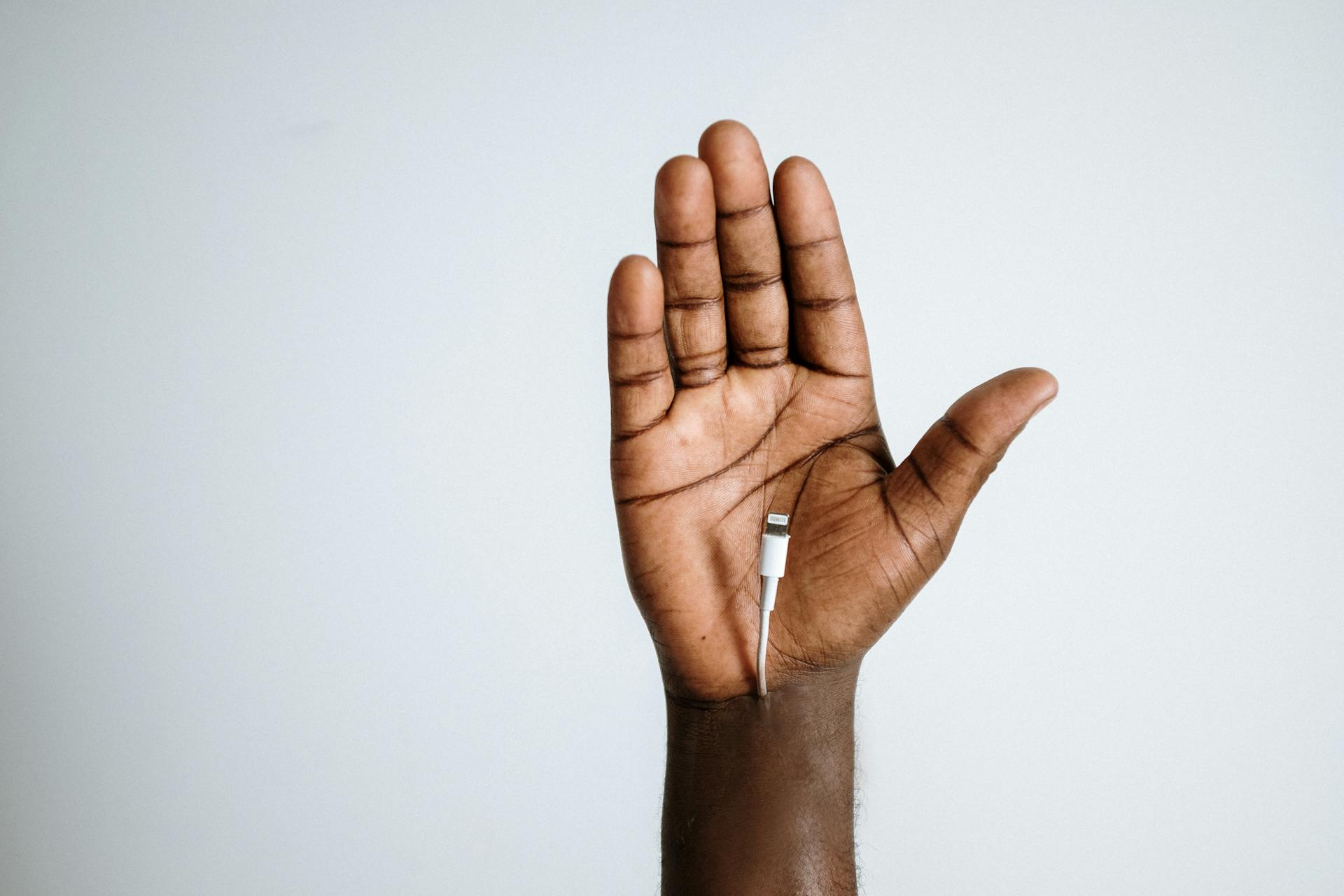
The Visual Domain: Seeing is Believing
- The Visual Domain plays a crucial role in perception
- Our visual system helps us navigate, recognize, and appreciate
- Visual challenges can impact learning and daily tasks
- Hope Brain Center optimizes the Visual Domain
- We offer assessments, therapies, and interventions (Right-eye, Neurolign, Focus Builder)
- Improving visual skills enhances cognition and well-being (Gyrostim, Eye exercises, Cambridge, NSI)
5 stages of visual perception include stimulation, organization, interpretation, memory, and recall. Light makes initial contact with the retina. Photoreceptors than transmit into electric signals that travel from the retina to the optic nerve, and finally to the brain.
Occipital lobe controls visuospatial processing, distance and depth perception, determination of colors, facial and object recognition, and memory formations.
The Auditory Domain: The Sound of Health
Uncover the role of sound in optimizing our nervous system. From music therapy to auditory processing, learn how the auditory domain influences our brain wellness.
Our auditory processing begins with the cochlea of our inner ear. Sounds are detected initially by sensory hair cells and then transmitted to our central nervous system.
This transport is done by spiral ganglion neurons. At Hope Brain Center we train visual and auditory through neurofeedback sessions.
Focusing on the stimulus the auditory will grow louder or quieter as well as visuals becoming brighter and clearer when in focus.
We also utilize Interactive Metronome which is used for auditory balance and coordination for timing to a metronome.

The Somatosensory Domain: Sensations and Beyond
Touch → Pressure → Pain → Temperatures → Vibrations → Movements all Perceived by our conscious Sensory System.
Located in the Parietal Lobe is the Somatic Sensory Cortex, this is comprised of 4 specific regions. Brodmann’s 1, 2, 3a, 3b. Brodmann’s 3,1,2 all make up our Somatosensory Cortex in our brains. Brodmann’s 3 is activated through vibrations, pressure, senses of touch or perceptions of touch. B2 is activated when their is pressure, complex touches and joint positioning is required. B1 responds or is an activated response to proprioceptive inputs, helping provide information on position of limb and their movements.
Production / sensation of touch → Mechanootransduction
Temperature → Thermoception
Body Position → Proprioception
Pain → Nociception
3 Main functions of the Somatosensory is Exteroceptive → This is the perception of stimuli outside of the body, Interoceptive → Stimuli within the body, Proprioceptive → Controlling the body’s balance and positioning.
Damage to this region of the brain can cause numbness and tingling through certain parts of the body. This is better known as Paresthesia. Face and hands are at largest risk for these feelings and sensations due to the amount of receptors located.
Integrated into the central nervous system to help with motor skills / responses, helps in maintaining balance.
Injuries and Disorders associated are cerebral palsy, stroke, spinal chord and brain injuries.
The Cognitive Domain: Unlocking Your Mind
There are 6 Domains of the brain which are Complex Attention, Executive Function, Learning and Memory, Language, Perceptual Motor Control, and Social Cognition.
Complex Attention → Ones ability to focus on multiple things at once, and decide which we want to focus on. Showing out ability to stay focused.
Executive Function → High Level cognition abilities record information, plan, prioritize, make decisions, and switching between tasks. → Plan, Organization, Sequence.
Learning & Memory → Facts and events that we can recall and retrieve as needed. Multifaceted cognitive domain forming, working memory, procedural memory, prospective memory etc.
Procedural Memory → Retrieving info when necessary in order to perform a skill or task.
Language → Our ability to communicate in any way. Finding the right words to say, reading and speaking, grammar and syntax, speech patterns and receptive language. Receptive → How we understand language, listening and interpreting.
Perceptual Motor Control → Coordination of our body language to what is happening in our environment. Use of all senses in order to interact within our environment. → Touch, Taste, Hear, See, Etc.
Social Cognition → How we use information that we have stored in everyday interactions of social life. This entail our ability to control our impulses, expression of empathy and sympathy, being able to read expressions, and pick up on social cues.

The Autonomic Domain: Balancing Body and Brain
Component of the peripheral nervous system that helps to regulate physiological body processes. Ones that we do not have to typically think about in order to perform their act/role. Blood pressure, heart rate, sweating and respiration, digestion process, and sexual arousals.
Comprised of 3 autonomically distinct divisions:
Sympathetic → Prepares the our bodies for “fight or flight”. Can increase Heart rate, pupil dilation, constriction of blood vessels, sweating and raising of blood pressure. Delivering more blood to areas of the body that require more oxygen. In cases of evading danger. Anxiety and chronic stress can cause an influx and risk of increase in metabolic health issues. Other physical symptoms may include chest pain, dizziness, nausea, body aches, constipation, and a weaken immune system.
Parasympathetic → ” Rest and digest” activation of the parasympathetic can be stemmed by yoga, mild exercise, meditation. Main function of the Parasympathetic nervous system is to conserve energy for later usage and regulation of body functions like digestion and urination.
The Vestibular Domain: Finding Balance in Life
Inner Ear → Constructed of two main structures, the vestibule and the semicircular canals.
Composed of three semicircular canals and two otolith organs. These two organs are known as utricle and saccule.
Provides us with the sense of balance and information on our bodies positions allowing for rapid movements. Optimizing visual acuity when head is going into motions, balanced control, selfmotion detection and orientation.
Controlled by the Cortical region of the brain → Frontal eye fields receive vestibular motion information and control eye movement.
When the Vestibular system is considered to be damaged one might undergo symptomatology of vertigo, dizziness, imbalance, hearing difficulties, headaches, nausea, spatial disorientation etc. Even has the ability to disturb your visual acuity.
The Coordination and Movement Domain: Brain in Motion
Coordination requires the activation of our cerebellum. → Divided in 3 sub lobes anterior, posterior, flocculonodular lobes.
The cerebellar circuit uses and activates purkinje cells and cerebellar peduncles in order to communicate with other regions of the brain. White matter connects the superior cerebellar peduncle (Cerebellum → Midbrain) Allowing for the coordination of arms and legs.
Inferior Cerebellar Peduncle → Connects cerebellum and medulla through proprioceptors for balance and posture aid.
Middle Cerebellar Peduncle → Used to send communication between Pons and Cerebellum. Helps alert cerebellum about involuntary movements.
Cerebral Cortex and Cerebellum are in constant communication.
Basal Ganglia are a key component in the networking of brain cells and nerves. Filtering in or out necessary or unnecessary movements. Damage to Basal Ganglia → Speech related impairments, movement, and posture.

The Metabolic Domain: Fueling Your Brain
Metabole→ Greek word meaning “to change”
Essentially all the different chemical processes our body goes through daily. Our brains modulate many different aspects of our metabolism. Including food intake, expenditure of energy, insulin secretion etc. Our brains metabolism is dependent on a continuous circulatory supply of glucose and oxygen. This continuous oxygen and glucose supply is flowing through to neurons and astrocytes. Astrocytes partially convert glucose to lactate. Which is then taken up by neurons in extra cellular space. Within neurons, pyruvate is then formed from glucose and lactate that is used for oxidation.
Anabolism → Processes that will require energy to be used.
Catabolism → Create or release energy
Conversion of food energy to energy to be able to performs cellular processes. Conversion of food into lipids, proteins, nucleic acids, and simple carbs. Lastly used for the elimination of waste.
Hypothalamus is main region that controls brain metabolic control. Within the hypothalamus the ventromedial hypothalamus is what controls and regulates eating, glucose balance, and body weight.
Our Brains consume the most energy per unit of weight within the human body.
In order to transfer blood glucose to the brain, it must cross over the blood brain barrier (BBB).
Glucose → Used for the energy in metabolic pathways. The only significant substrate of energy used for the brain. Paths such as glycolysis (Glycolytic pathway) , Krebs Cycle (TCA), Electron transport chain (ETC), and oxidative phosphorylation.
Folic Acid and B12 are very important for the formation of new cells as well as cellular division. Absolutely necessary in nervous system and cognitive functions.
Foods that help increase Brain Metabolism → Kale, Spinach, Broccoli, and other leafy greens.

Hope Brain Center's Approach to a Better Brain
At Hope Brain Center, we believe in a comprehensive approach to brain optimization. By addressing all 8 domains and providing personalized care, we guide you towards a healthier and more vibrant brain. Comprehensive and complex patient care is what makes our office unique. We are able to work the brain and body in unison to create connection between whole body through bidirectional treatment strategies. The more you put into treatment the more you get out. Improving your quality of life significantly.





